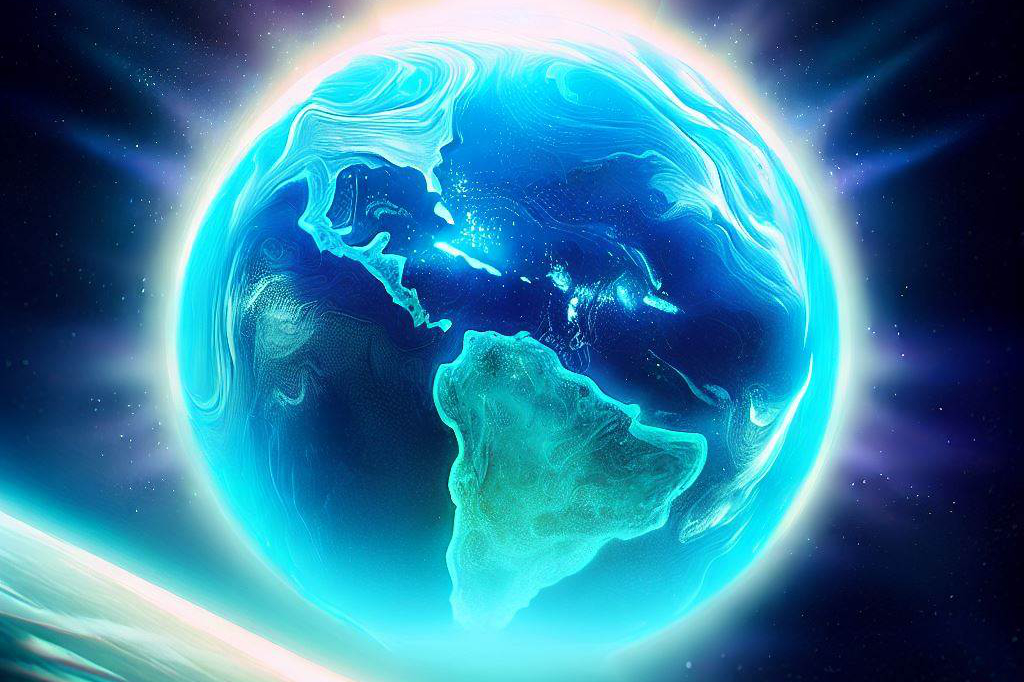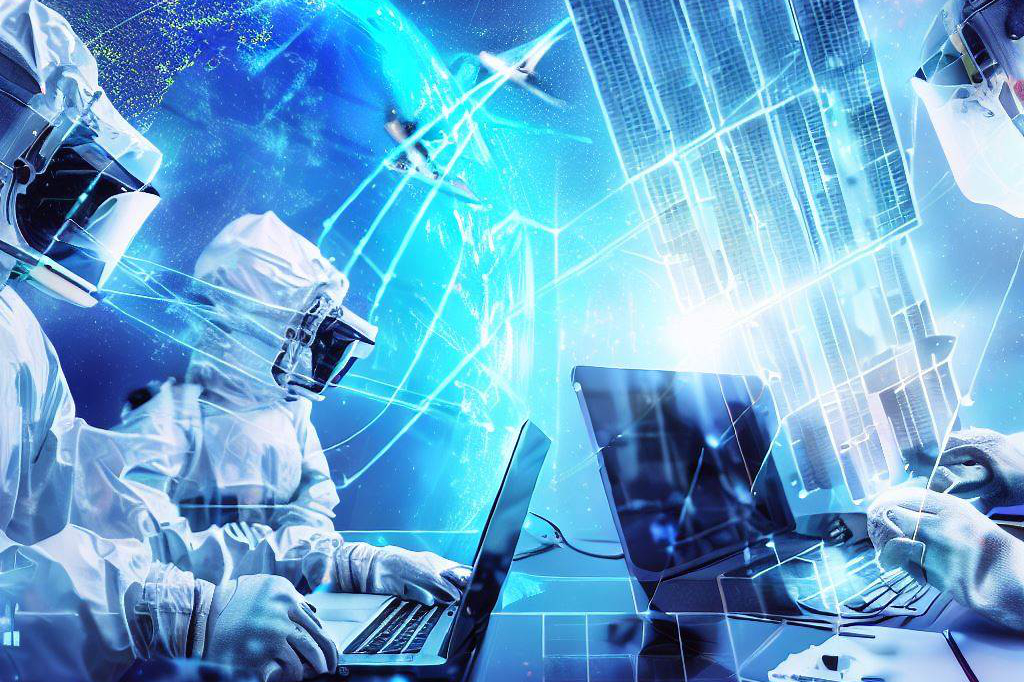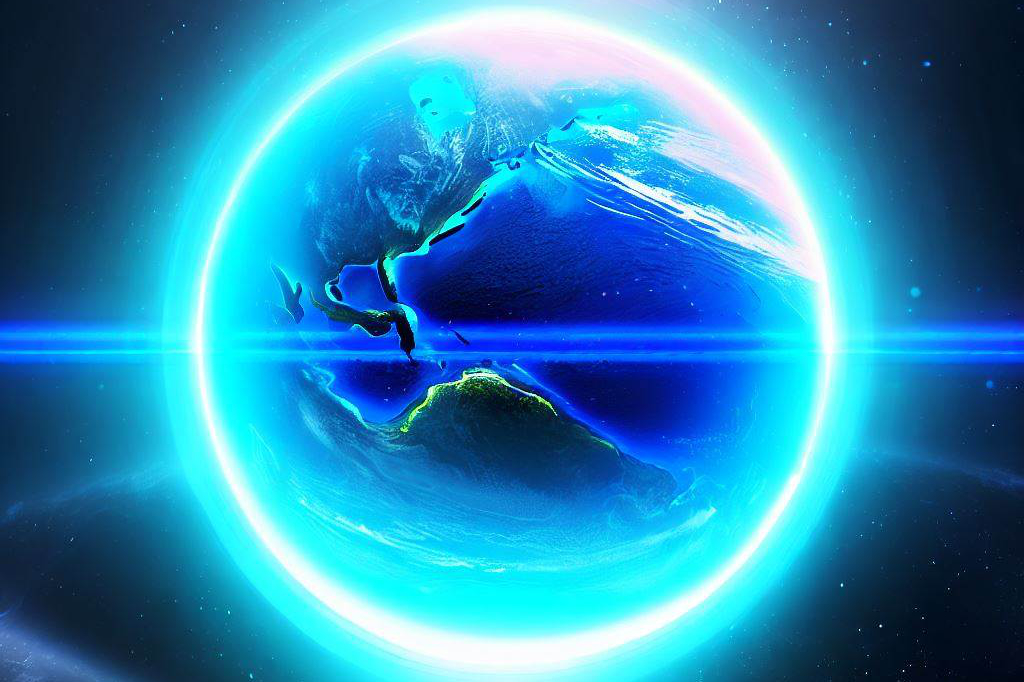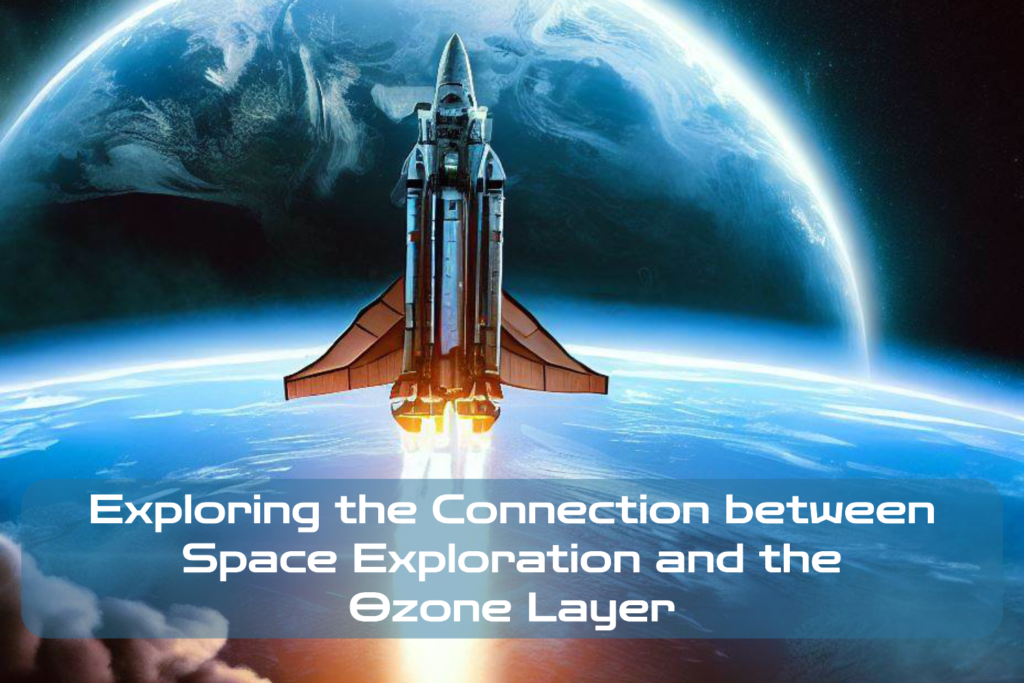A Brief History of Space Exploration
The first successful space mission happened on October 4th, 1957, when the Soviet Union launched Sputnik 1 into orbit around Earth.
This achievement marked the beginning of a new era in human history, as it opened up endless possibilities for exploration and discovery beyond our planet. From that moment on, numerous countries started investing heavily in space exploration technology to see what lay beyond our atmosphere.
The United States famously launched its Apollo missions to land men on the moon and return them safely to Earth; while Russia continued its own exploration efforts into deep space. In recent years, China has also joined this race by sending its own spacecraft to orbit and land on both the Moon and Mars.
The Importance of Studying the Impact of Space Exploration on Earth’s Environment
As we continue to make strides towards exploring deep space and expanding our knowledge about our universe, it is essential that we take into account how these efforts impact Earth’s environment. After all, this is our home planet – we need to make sure that it remains healthy and sustainable for generations to come.
One particular area of concern is how space missions affect Earth’s ozone layer – a protective shield made up of gas molecules that absorbs harmful ultraviolet radiation from the sun before it can reach us.
Given how important this layer is for preventing skin cancer and other health issues caused by UV radiation exposure; any damage or depletion could have severe consequences not only for humans but also for ecosystem stability. Therefore, scientists are constantly studying ways in which we can lessen any detrimental effects of such missions.
By doing so, they ensure that we can continue our quest for knowledge about the universe while preserving the health of our planet. In this article, we’ll dive into the impact of space exploration on the ozone layer and UV radiation levels to see what we’ve learned so far and how we can improve in the future.
The Importance of the Ozone Layer

The ozone layer is a protective layer of gas that surrounds the Earth and absorbs most of the sun’s harmful ultraviolet (UV) radiation. Without the ozone layer, life on Earth would not be possible as we know it today.
This is because UV radiation can cause skin cancer, cataracts, and other health problems in humans and animals. Additionally, high levels of UV radiation can damage crops and disrupt ecosystems.
How Space Exploration Affects the Ozone Layer
Space exploration has had a significant impact on the ozone layer due to the release of chemicals such as chlorofluorocarbons (CFCs) into the atmosphere. CFCs were commonly used in refrigerants, solvents, and aerosol sprays until they were banned under international agreements like the Montreal Protocol in 1987.
However, space exploration still uses CFCs in some applications, such as rocket propellants. In addition to CFCs, space exploration also releases other chemicals that can harm the ozone layer when they are broken down by UV radiation.
For example, perfluorocarbons (PFCs) are used in spacecraft insulation and solar panels. These chemicals break down to form compounds like CF4 which can stay in the atmosphere for thousands of years and damage the ozone layer.
Examples of Past Incidents Where Space Exploration Caused Harm to The Ozone Layer
One notable incident where space exploration caused harm to the ozone layer was during NASA’s Apollo program in 1970. During this mission, a Saturn V rocket carrying three astronauts exploded on its launch pad at Cape Canaveral Air Force Station in Florida.
The explosion released about 1 million pounds of toxic gases into the atmosphere, including CFC-12 which depleted more than half of Antarctica’s ozone layer.
Another example occurred during the 2011 launch of the Russian satellite, Elektro-L.
The satellite’s booster rocket released a cloud of toxic gas which drifted over the Arctic and destroyed a significant portion of the ozone layer in that region. As we continue to explore space and rely on advanced technology, it is important to take measures to reduce the impact on the ozone layer and our planet as a whole.
UV Radiation Levels

The Not-So-Sunny Side of the Sun
The sun is a massive source of energy that not only illuminates our planet but also emits harmful rays called ultraviolet (UV) radiation. Too much exposure to UV radiation can cause skin cancer, cataracts, and other health problems in humans, as well as damage wildlife and ecosystems. The Earth’s atmosphere acts as a shield that absorbs some of this radiation, but not all of it.
Space exploration has had an impact on the amount of UV radiation that reaches the Earth’s surface. The most significant impact comes from human-made objects in orbit around Earth, such as satellites and space debris.
These objects can reflect or scatter UV radiation back towards the planet’s surface, increasing overall exposure levels. In addition to reflecting UV radiation back towards Earth, space debris can also cause physical damage to the protective layer that shields us from harmful rays – the ozone layer.
When Space Missions Affect Life on Earth
Past incidents have demonstrated how space exploration can affect UV radiation levels on Earth.
One example occurred in 2009 when a malfunctioning Russian spy satellite collided with an American communication satellite in low-Earth orbit, creating thousands of pieces of debris that went flying off in all directions. This incident contributed to heightened concerns about space debris and its potential impact on Earth’s environment – including increased exposure to UV radiation. It should be noted that there have been no direct links between this collision and any negative effects on human health or wellness yet identified.
Another example is when NASA launched two Voyager spacecraft in 1977 with plutonium power sources onboard for energy supply during their long journey through space.
The chance of an accident leading to plutonium contamination was considered quite low; however, if it did happen, it would have devastating consequences for human health. Fortunately for us earthlings, thus far no accidents have occurred, but it does raise concerns about the potential risks of space exploration for our planet’s environment and our health.
What’s Being Done About It
To reduce the impact of space exploration on UV radiation levels, various mitigation efforts are being implemented around the world. For example, satellite owners and operators can design their satellites to be more reflective or use materials that absorb less radiation.
There are also international agreements to mitigate space debris by reducing the amount of debris produced during space missions. Moreover, many governments and organizations have established regulations to guide how spacecraft operate while in orbit around Earth.
The most common regulation requires spacecraft to be deorbited after their useful life has ended so that they do not add to the growing amount of space debris orbiting Earth. While these efforts are essential steps towards reducing the impact of space exploration on Earth’s environment, there is still much work that needs to be done if we want future generations to enjoy a healthy and safe planet.
Mitigation Efforts

Current efforts to mitigate the impact of space exploration on the ozone layer and UV radiation levels
When it comes to mitigating the impact of space exploration on Earth’s environment, there are a few key strategies that are currently being employed. One of these strategies revolves around reducing emissions from rocket launches.
This is achieved by using cleaner-burning fuels and optimizing rocket design for maximum efficiency.
Another strategy involves monitoring and regulating the use of certain chemicals that can harm the ozone layer, such as chlorofluorocarbons (CFCs).
Many countries have already banned the use of these chemicals in consumer products, but they are still sometimes used in industrial applications. By keeping a close eye on their use, we can help prevent further damage to the ozone layer.
Some companies and organizations are exploring alternative propulsion methods that produce less pollution than traditional chemical rockets.
For example, electric propulsion systems can be much more efficient than chemical rockets, which means they produce fewer emissions overall.
Future plans for reducing harm to Earth’s environment during space missions
Looking ahead, there are a number of exciting developments in the works for reducing harm to Earth’s environment during space missions.
One promising avenue is satellite servicing: by repairing or refuelling satellites rather than launching new ones each time they need maintenance or a top-up, we can reduce the number of rocket launches required overall.
Another approach involves using satellite data to better understand how our planet’s environment is changing over time. By studying changes in things like temperature and atmospheric composition over time periods ranging from days to decades, we can better understand how our planet is changing due to human activity – including space exploration – and take steps to mitigate these effects.
Some researchers are exploring radical new concepts that could fundamentally change how we approach space travel altogether. For example, one proposal suggests using reusable rockets that are able to launch and land like airplanes, cutting down on the amount of waste produced during each mission.
Another idea involves using solar sails to power spacecraft, which could dramatically reduce our reliance on traditional rocket propulsion methods. By continuing to explore these and other innovative ideas, we can help ensure that space exploration remains a net positive for our world – both in terms of scientific discovery and environmental impact.
Final Thoughts

It is clear that studying and addressing the impact of space exploration on our planet is crucial for our future. As we continue to push the boundaries of scientific knowledge through space exploration, it is equally important that we take steps to preserve and protect our home planet.
While it may be tempting for some people to view environmental concerns as secondary or even irrelevant in light of seemingly more pressing issues facing humanity, such as national security or economic growth, the truth is that if we do not take care of our environment, then none of these other issues will matter much in the long run.
Therefore, it is incumbent upon all nations and individuals involved in space activities to work together towards ensuring sustainable practices while exploring outer space. By taking seriously our responsibility towards planet Earth even as we venture out into the vast expanse beyond its atmosphere, we can ensure a brighter future for ourselves and generations yet unborn.

C M, a seasoned editor, journalist, and consultant, is deeply fascinated by the convergence of technology, space, and the future of humanity.
With a particular interest in transhumanity, futurology, and the philosophical and ethical dimensions of these domains, C M serves as the lead contributor to SpaceSpotlight and TranscendSphere.
When not penning insightful articles on these rapidly evolving fields, C M indulges in their love for podcasts and books, proudly embracing their status as a ‘Happy Nerd Extraordinaire!’



